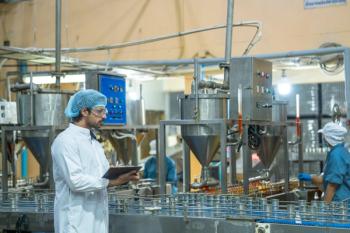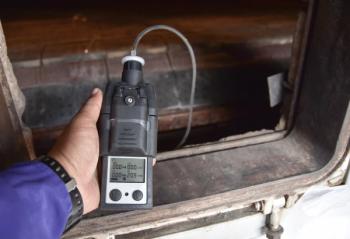
New Steps Toward Development of a Spectrometer-On-Chip Technology
The Molecular Foundry of the Lawrence Berkeley National Laboratory (Berkeley, California) and abeam Technologies (Berkeley, California) recently published results of initial studies of a new technology that opens a unique route to develop spectrometer-on-chip.
The Molecular Foundry of the Lawrence Berkeley National Laboratory (Berkeley, California) and abeam Technologies (Berkeley, California) recently published results of initial studies of a new technology that opens a unique route to develop spectrometer-on-chip. The paper, “Multiband Wavelength Demultiplexer Based on Digital Planar Holography for On-Chip Spectroscopy Applications” appeared in Optics Letters in February.
The report discusses the initial testing of a novel type of multiband wavelength demultiplexer for on-chip spectroscopy applications. The devices are based on computer-designed digital planar holograms, which involve millions of lines specifically located and oriented in order to direct output in the visible range (477.2-478.0 nm, 528-529.9 nm, 586.4-587.7 nm, 628.9-630.4 nm) with 96 channels and spectral channel spacing down to 0.0375 nm/channel.
Newsletter
Get essential updates on the latest spectroscopy technologies, regulatory standards, and best practices—subscribe today to Spectroscopy.





